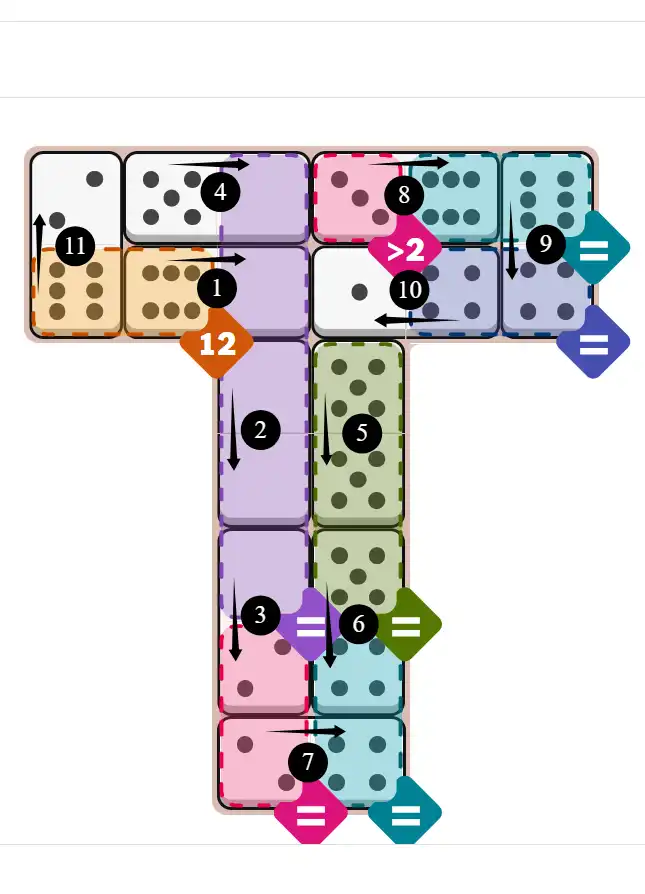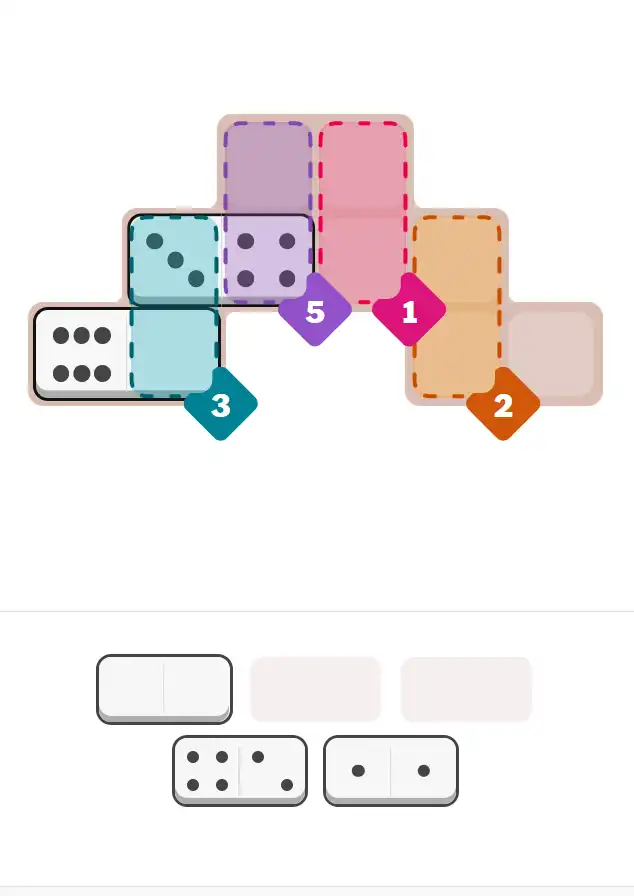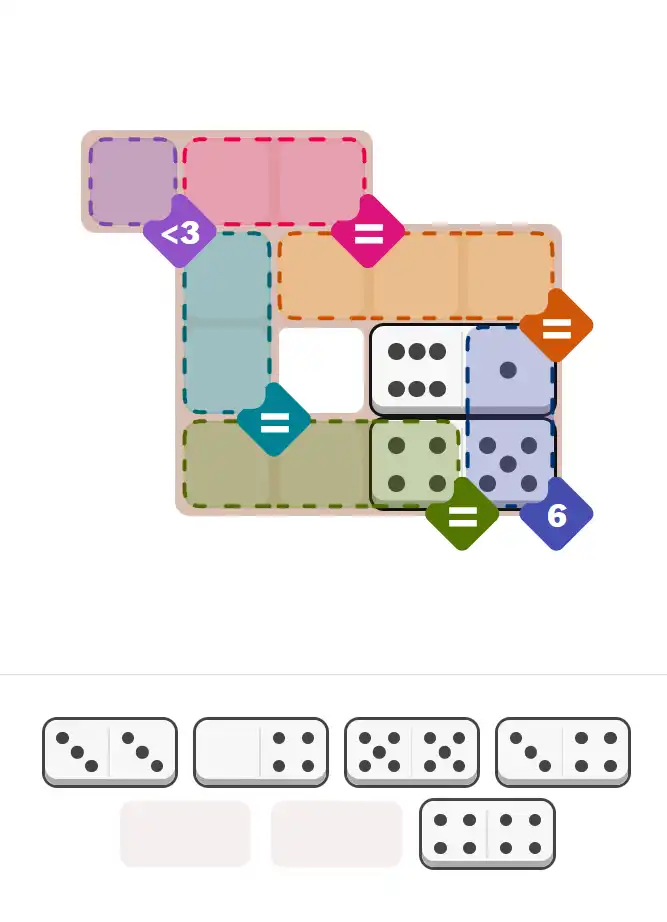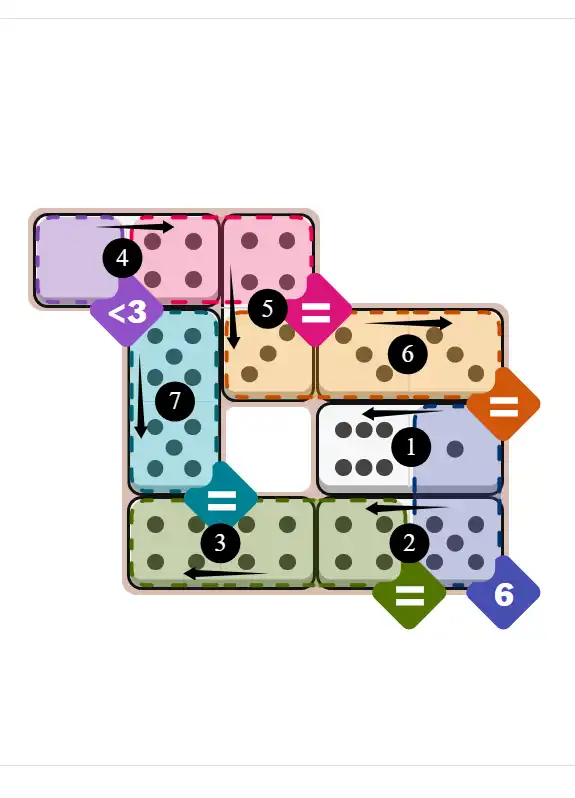🚨 SPOILER WARNING
This page contains the final **answer** and the complete **solution** to today's NYT Pips puzzle. If you haven't attempted the puzzle yet and want to try solving it yourself first, now's your chance!
Click here to play today's official NYT Pips game first.
Want hints instead? Scroll down for progressive clues that won't spoil the fun.
🎲 Today's Puzzle Overview
Wednesday, November 27, 2025 delivers a full showcase of Pips NYT puzzle craftsmanship—three grids shaped with precision, personality, and deep logical rhythm, all curated under the steady editorial hand of Ian Livengood.
Ian sets the tone with an Easy puzzle that uses just five dominoes, yet feels wonderfully intentional.
The grid blends compact sum regions, clean equals-spots, and a few open cells that invite smooth deduction. It’s an ideal warm-up: approachable, balanced, and perfect for generating that first satisfying Pips Hint of the day.
From there, Rodolfo Kurchan raises the curtain on two of his signature constructions.
His Medium puzzle threads seven dominoes through a layout built around equals-clusters and symmetry-driven logic flow. It’s the kind of puzzle where every placement feels earned—structured, elegant, and unmistakably Rodolfo.
Then comes the showpiece: the Hard puzzle, an eleven-domino design that reads like advanced-level puzzle choreography.
Layered greater-than constraints, equals chains that interlock across the grid, and multi-region interactions create a challenge that rewards pattern recognition, careful pip tracking, and thoughtful step-by-step reasoning. It’s the kind of grid where a single Pips Hint can shift the entire solving trajectory.
Today’s set isn’t just a trio of puzzles—it’s a curated experience.
A conversation between constructors.
A study in logical architecture.
A reminder of how thoughtful design transforms simple dominoes into a full solving journey.
Dive in, appreciate the craft, and enjoy a Wednesday where every puzzle is both a challenge and a piece of art.
Written by Ander
Puzzle Analyst – Sophia
💡 Progressive Hints
Try these hints one at a time. Each hint becomes more specific to help you solve it yourself!
🎨 Pips Solver
Click a domino to place it on the board. You can also click the board, and the correct domino will appear.
✅ Final Answer & Complete Solution For Hard Level
The key to solving today's hard puzzle was identifying the placement for the critical dominoes highlighted in the starting grid. Once those were in place, the rest of the puzzle could be solved logically. See the final grid below to compare your solution.
Starting Position & Key First Steps

This image shows the initial puzzle grid for the hard level, with a few critical first placements highlighted.
Final Answer: The Solved Grid for Hard Mode

Compare this final grid with your own solution to see the correct placement of all dominoes.
🔧 Step-by-Step Answer Walkthrough For Easy Level
🔧 Step-by-Step Answer Walkthrough For Medium Level
🔧 Step-by-Step Answer Walkthrough For Hard Level
🎥 Instant Domino Breakthrough! | Pips NYT Puzzle Trick – November 27, 2025
Watch how a single domino placement instantly clears major constraints and reshapes the board logic.




💬 Community Discussion
Leave your comment